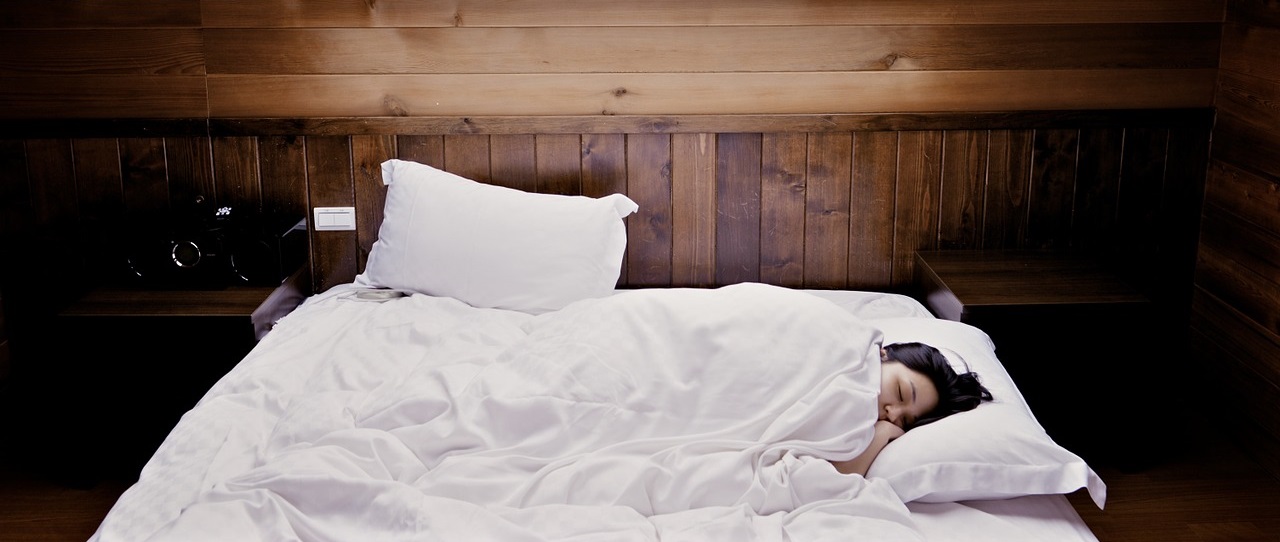
Wimbledon 2020 Cancelled
It is almost that time of the year when people would go watch a sporting

Are you aware that you can learn a lot about how your brain works just by knowing more about sleep?
The sleep facts below reveal an intriguing connection between sleep and how our brains operate. They can help us understand some of the things we do and why we feel certain ways sometimes, and how this impacts our sleep and health in general.
In the last 25 years, we have learned more about sleep than we have at any time in the past. Read through these intriguing sleep facts and see how they might change what you think about your sleep patterns. We hope that by sharing them, you will choose to make a positive change to improve your sleep and quality of life.

Other types of parasomnia that involve unnatural movements during sleep are even more intriguing sleep facts. Some can be very dangerous, such as sleepwalking, which affects about 15% of people. Some people do different activities unconsciously, such as driving, while others have even committed murder in their sleep. This brings us to wonder even more about how the unconscious and conscious mind are connected, much like Freud described in his theory of the id, ego and superego. This also begs the question of whether or not it’s dangerous to wake a parasomniac. The answer is, no – you can generally wake a sleepwalker without endangering them.
Hypnic jerks have not yet been thoroughly explained, but some scientists believe that this intriguing sleep fact is simply a part of that sleep transition, and that they happen when our nerves react abnormally during the process. Others believe that the reaction is related to the gag reflex, which is a primal preservation instinct that keeps us from danger. Hypnic jerks, then, would happen when our brains sense that our muscles relaxing could be dangerous – in other words, we are likely to fall out of our tree. Still others believe that it warns us of dangerously slow breathing and heart rates as we fall asleep.
Although hypnic jerks are overall considered healthy, tachypnea and tachycardia – abnormally rapid breathing and heart rate – have shown on a sleep study test called a Polysomnography (PSG). Vertex sharp waves have also been recorded on electroencephalograms (EEGs) during the contractions, which signals sleep disruption. They are certainly not healthy if they happen often, are intense, and disrupt sleep, causing insomnia.
If you are experiencing hypnic jerks to a degree that it is worrying you, worry might be the basic problem. Consuming too much caffeine and doing physical activity too close to bedtime can also cause them. To reduce their intensity and frequency, avoid substances that are known to disrupt sleep and start adopting de-stressing habits such as a bedtime routine and sleeping on pillows designed for muscle relaxation and beds that aid spinal alignment.

It is almost that time of the year when people would go watch a sporting

Queen Elizabeth II has two birthdays to celebrate: her actual birthday on 21 April and

The first of May is celebrated by many countries around the world as Labour Day